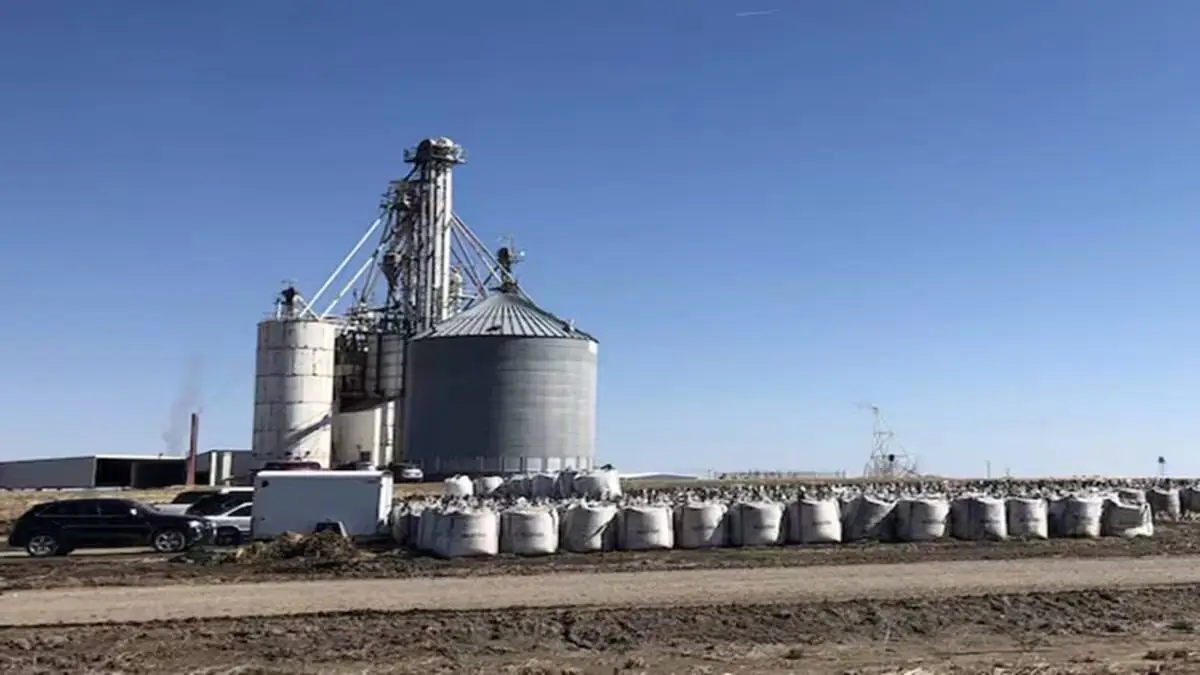Copyright thehindu

When COVID-19 hit the world in 2020, Akanksha Agarwal had a realisation — not a health-related one, though there was that too. “Working from home showed me two things,” says Agarwal, a 32-year-old banker in a prominent private sector bank in Delhi. “The first is that I needed a house that allowed me to work from home, and the second is that working from home itself had led me to accumulate quite a lot of savings.” She hoped to deploy these savings in a few years to buy a house, if not in Delhi itself, then in Gurugram, Delhi’s corporate suburb in Haryana; or even Noida, another extension of the National Capital Region, in Uttar Pradesh. When the time came in 2024, and she had accumulated enough to make a down payment on what had been a ₹1.8 crore house she had been eyeing in Gurugram’s Sector 24, she found that she was woefully short of what was required. The price was now ₹3.2 crore, a 77.8% increase. Agarwal says her salary has gone up by an average of 10-12% every year for the last several years. “That’s the standard hike in the banking sector. But the thing is, even my friends in other cities have been saying that houses have just become unaffordable. This was the story everywhere,” Agarwal laments. The “everywhere” nature of her story extends across eight major real estate markets in India: Mumbai, Delhi, Chennai, Kolkata, Pune, Bengaluru, Ahmedabad, and Hyderabad. In these cities, the price rise in housing has outstripped the growth in salaries. A dream out of reach The Housing Price Index, developed jointly by the real estate brokering firm Housing.com and the Srini Raju Centre for IT and the Networked Economy (SRITNE), a technology research centre at the Indian School of Business (ISB), measures the change in house prices on a monthly basis for all the major housing markets. For ease of comparison, the index starts off with a value of 100 in January 2017 and each subsequent month’s prices are pegged to that value. So, for example, the index increased to 103.8 by January 2018, and 107.8 by January 2019, a growth of around 3.8% each year, over the course of 2017 and 2018. Just before the COVID-19 pandemic in January 2020, the index stood at 110.6, a growth of 2.6%. In other words, the Housing Price Index grew 10.6% between January 2017 and January 2020. It is after this that the real acceleration in housing prices took place. By June 2025, the index stood at 139.6. So, while the index grew a cumulative 10.6% in the three years pre-pandemic, it grew a further 26.2% over the years since. The data also show that the prices of 3BHK (bedroom-hall-kitchen) houses have grown far faster than those of smaller houses. The index for 3BHKs had grown by about 10% in the three years pre-pandemic, but then accelerated by 33.5% in the years that followed, up to June 2025. The post-pandemic growth in the price of 2BHKs stood at a relatively lower 26.8%, while that for 1BHKs was 19.3%. The city-wise data also reveals the stark reality of housing prices in the metros. In Delhi-NCR, for example, the average housing price grew a staggering 122% between January 2020 and June 2025, with the price of 3BHKs rising by 125% over this period. This blistering growth in home prices comes at a time when real wages, after adjusting for inflation, have fallen. Government data from the Periodic Labour Force Survey show real wages fell by 1.7% between the April-June 2019 quarter and the April-June 2024 period, the latest quarter for which there is data. In short, while wages have fallen, home prices have skyrocketed. A home to work from This rise in 3BHK prices also goes back to demand. “After COVID-19, anybody who owned a two-bedroom or three-bedroom house felt the need to go in for one more room. Earlier, there used to be study rooms for children. Now, parents need one too,” explains Jatul Anand, executive director at PNB Housing Finance. So, this third room needed to be the size of a bedroom to accommodate additional books and gadgets. Sheeshram Yadav, managing director of the real estate company Yugen Infra, explains that where buyers had the choice of buying houses in the 2,000-2,500-square-foot range in markets like Delhi-NCR and the Mumbai Metropolitan Region (MMR), now a chunk of the construction is four-bedroom apartments in the range of 3,500-4,000 square feet. He, too, says COVID-19 changed the way people looked at home spaces. “If you were staying in a 3-bedroom house pre-COVID-19, there is now a requirement for an extra room or space. So, the demand for bigger sizes rose after COVID-19,” Yadav said. One direct ramification of this increased preference for larger houses is that developers, too, are increasingly choosing to build larger apartments rather than smaller ones. This has led to a paradox of sorts in the housing market. Developers are selling fewer houses, but are nevertheless saying the market is growing. Data from Anarock Property Consultants show that housing sales in the top 7 cities actually fell 9% in the July-September 2025 quarter. However, developers made more money than earlier because each unit they sold was at a much higher price. “Despite a dip in overall sales volume, the total sales value in the period rose by 14%, from approximately ₹1.33 lakh crore in Q3 of 2024 to approximately ₹1.52 lakh crore in Q3 of 2025. This suggests high volume sales in the luxury and ultra-luxury segments,” Anarock said in its report. The data from Anarock further show that as much as 70% of the new supply of apartments in Delhi in the July-September 2025 quarter was added in the luxury segment (costing between ₹1.5 crore and 3 crore). A huge 87% of the new supply in Hyderabad was added in the premium (₹50 lakh to 1.5 crore), luxury, and ultra-luxury (over ₹3 crore) segments. The other major markets saw similar trends. There is no real consensus around the definitions of the terms ‘luxury’, ‘ultra-luxury’, or ‘affordable’ (less than ₹50 lakh). However, looking at the metrics of various real estate companies and consultancies, these are the broad bands. An upward shift in the metros There is a structural shift that is taking place in the real estate market in the metros, according to D. Lakshminarayanan, managing director of Sundaram Home Finance, a major home loan player. “From a builder’s perspective, or a developer’s perspective, the composition of sales has changed,” he said. SRITNE and Housing.com have also come up with a Housing Quantity Index. This index shows that while the supply of 3BHKs across the country was about 18% higher in June 2025 than in January 2017, the supply of 2BHKs was 9.9% lower, and 1BHKs was 11.6% lower, showing the increasing preference for larger houses. However, with incomes not rising fast enough, this has meant that people are now forced to take larger loans to finance their home purchases, a fact that buyers like Mehul Verma, a 45-year-old interior designer based out of Gurugram, say has meant other financial goals have had to be set aside. “I am now the father of two growing children and need a bigger house. So, I have purchased a 4-bedroom apartment in Sector 104 in Noida. But this has put a strain on my retirement fund. I was hoping to have a decent nest egg by the time I turned 65. But a lot of that has gone into this house now,” says Verma, adding that Noida is still somewhat cheaper than Gurugram. According to Anand of PNB Housing Finance, one of the biggest players offering housing loans, the company’s average loan size has grown about 15-20% in the last few years to about ₹35 lakh. Lakshminarayanan also says that the “sweet spot” of his company’s target customer has shifted upwards. “Two to three years ago, I would have said the sweet spot for a developer and a finance company would be a ₹60-lakh to ₹1-crore apartment,” Lakshminarayanan says. “Someone buying a ₹75 lakh apartment on the periphery of the city is typically a middle-income customer, and that is who you want to finance. Today, that number has moved to the ₹1-2 crore range. On the outskirts of Chennai or Bengaluru, you typically are talking about ₹1.3-1.4 crore for an apartment of a reasonable size, and in a reasonable place,” he said. The increased demand for larger houses has also meant that it is increasingly difficult to find smaller 1- or 2-bedroom houses in the big cities and their surroundings. Lakshminarayanan says it is easier to sell 3-4BHKs. “A builder would rather go and build a 3-4 bedroom, because there is a market for this especially in the bigger cities,” he says, adding that profit margins are higher because the people, who can afford to buy a ₹3-4 crore house, are also looking at the location being close to markets and schools; and amenities like a club house and 24-hour power back-up. Factors driving up prices Demand is not the only factor driving up house prices in the metros. Other factors are at play. One positive is that government regulation has greatly improved in the real estate sector, with the enactment of the Real Estate (Regulation and Development) Act, 2016 (RERA Act). The Act brought with it several rules and regulations relating to the financing of projects by developers, and also increased scrutiny on their operations. Anshuman Magazine, chairman and CEO for India, South-East Asia, the Middle East, and Africa at the American real-estate firm CBRE, explains that the primary objective of the RERA Act was to protect the customers. “We are in a better place on that than we were in the past. Consumers do have more confidence because every project is registered, there is more transparency. There are restrictions on taking funds from one project to the other, among other rules,” he says. The other advantage of RERA, he says, is that it gave financiers confidence to provide institutional funding for more expensive projects. “So RERA has been really good and it really has made a difference to the industry,” Magazine says. The other reason driving up the price of finished apartments is normal inflation and the increase in the cost of construction, Yadav of Yugen Infra explains. One big factor that should come as some relief for builders and eventually customers is that the rate of Goods and Services Tax (GST) on cement, a vital input in construction, was brought down to 18% from the earlier 28% as part of the GST rate revamp in September 2025. “In real estate, the input prices are likely to go down for developers. For buyers, it may take some time before the benefit reaches them due to the relatively longer gestation period in the sector,” Magazine says. Agarwal may have to wait a little longer before she buys her home. sharad.raghavan@thehindu.co.in



